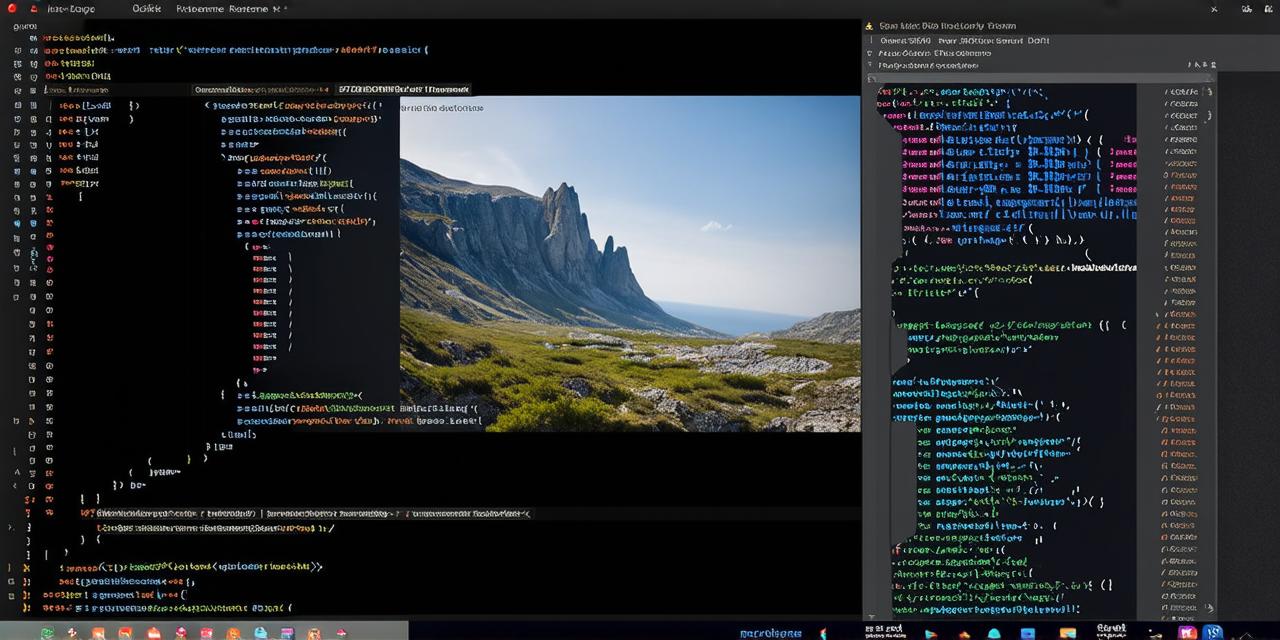Introduction:
The world of game development is an ever-evolving landscape that has grown exponentially over the past few decades. From simple arcade games to complex virtual reality experiences, the process of creating a game requires a unique set of skills and knowledge. In this article, we will explore the various stages of game development and what it entails.
1. Pre-Development: Conceptualization and Research
The first step in game development is pre-development, which involves conceptualizing the game’s idea and researching the target audience. This stage requires a deep understanding of the market trends, player preferences, and competition. In this stage, developers brainstorm ideas, create a project plan, and outline the game’s mechanics.
Case Study: The Development of Fortnite
Fortnite, the wildly popular battle royale game, was developed by Epic Games. The pre-development phase for Fortnite involved extensive research on player behavior and preferences. This led to the creation of a unique building mechanic that differentiated Fortnite from its competitors. The pre-development stage also saw the establishment of a dedicated development team, with each member responsible for specific aspects of the game’s design.
2. Production: Design, Development, and Testing
The production phase is where the actual game development takes place. This stage involves designing the game’s mechanics, creating the game assets, and testing the game to ensure it is bug-free and fun to play. The team collaborates closely throughout this stage, with designers working alongside programmers, artists, and testers to create a cohesive game experience.
Case Study: The Development of Red Dead Redemption 2
Red Dead Redemption 2 was developed by Rockstar Games and required extensive production efforts. The design team created a vast open-world environment with detailed character models, while the programming team brought this world to life with intricate mechanics and systems. The game’s testing phase involved rigorous QA testing, as well as user feedback sessions to identify and address any issues.
3. Post-Development: Marketing and Launch
Once the game has been developed, it’s time for post-development. This stage involves marketing the game, setting up distribution channels, and launching the game on various platforms. The success of a game often depends on its marketing efforts, with developers working closely with publishers to create buzz and excitement around the release.
Case Study: The Launch of Minecraft
Minecraft was developed by Markus Persson and launched in 2009. Post-development involved setting up distribution channels through various platforms, including Steam, Xbox Live Arcade, and PlayStation Network. The game’s marketing efforts focused on its unique building mechanics and the ability to create your own world, which resonated with players around the world.
4. Maintenance and Updates
Once a game has been launched, it’s essential to continue maintaining and updating it to keep players engaged. This stage involves fixing bugs, adding new content, and addressing any issues that arise. Regular updates are crucial to the game’s success, with developers working hard to ensure the game remains relevant and fun to play.
Case Study: The Maintenance of Grand Theft Auto V
Grand Theft Auto V was developed by Rockstar Games and has been maintained and updated since its release in 2013. Regular updates have added new content, fixed bugs, and improved performance, ensuring that the game remains popular among players.
Conclusion:
Game development is a complex process that requires a unique set of skills and knowledge. From conceptualization to maintenance, every stage of game development is crucial to creating a successful game. As technology continues to evolve, so too will the game development industry, with developers constantly adapting and innovating to create new experiences for players around the world.
FAQs:

Q: What are the different stages of game development?
A: The four main stages of game development are pre-development, production, post-development, and maintenance.
Q: How long does it take to develop a game?
A: The length of time it takes to develop a game can vary greatly depending on the complexity and scope of the project.
Q: What skills are required for game development?
A: Game development requires a range of skills, including programming, art, design, and project management.
Q: How important is marketing in game development?
EgyptianCrocodile




